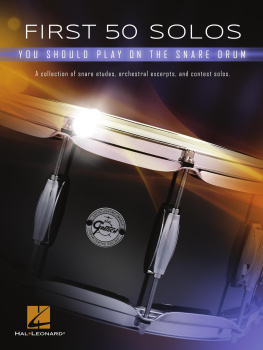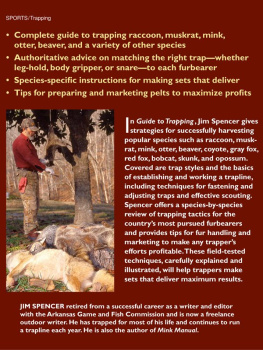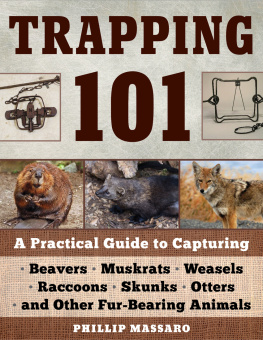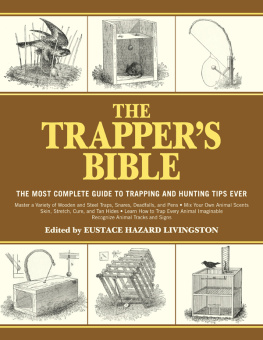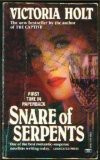How to Trap and Snare
A complete Manual for the Sportsman, Game Preserver,
Gamekeeper, and Amateur
by
William Carnegie Moorman
Read Country Books
Home Farm
44 Evesham Road
Cookhill, Alcester
Warwickshire
B49 5LJ
Read Books 2004
This book is copyright and may not be
reproduced or copied in any way without
the express permission of the publisher in writing.
ISBN No. 1-905124-03-1
First Published: 1898
Published by Read Books 2004
British Library Cataloguing-in-Publication Data
A catalogue record for this book is available
from the British Library.
Read Country Books
Home Farm
44 Evesham Road
Cookhill, Alcester
Warwickshire
B49 5LJ

ALFRED CLIFFORDS PATENT EEL TRAP.
Highest Awards for Traps:Bronze Medal and Diploma of Honour, Truro, Cornwall, 1893. Silver Medal and Diploma of Honour. Scarborough. 1895.
Under the immediate patronage of the Fishmongers Company.
The Mayor of Scarborough, when presenting the Medal, said he had in use several of the Traps and they were giving him great satisfaction, and he should always speak highly of them.
Patronised by His Grace the Duke of Portland, the Earl of Ashburnham, Sir Rose Price, Bart., Sir Joseph Bailey, Bart., the Earl of Annesley, Lord Aylesford, Lord Tredegar, Lord Greville, Sir E. Buckley, Bart., Sir R. Wright, Bart., Lord Gifford, Sir H. Rae Reid, Bart., Lord Hastings, &c.

Sir Rose Price, Bart., says: It is a capital trap.
Sir Joseph Bailey, Bart., says: They answer very nicely.
Tenterden, Kent, 19th August, 1903.Dear Sir,Please send me one of your 4 ft. eel traps. I have caught eels weighing 3 lb. 9 ozs. and over 3 ft. long in the 6 ft. trap I had from you.Faithfully yours, WILLIAM BODY.
Avon Castle, Ringwood, Hants.The eel traps I had from you have proved an enormous success; I occasionally get between 40 and 50 one trap one night J. TURNER TURNER.
Tugnet, Fochabers, N.B., 22nd October, 1904. -- Dear Sir, The trap you sent has undoubtedly proved a great success. During the first two nights we got over 100 eels, 70 being caught in one night.Yours faithfully, THOMAS RAE, Fishings, Gordon, Richmond.
Huntingdon, 1st December, 1905.Dear Sir,I believe that I have beaten all records, having caught over 20 lbs. of eels in one night in one of your patent traps.Faithfully yours, W. GRIFFITHS.
ALFRED CLIFFORDS PATENT TRAP
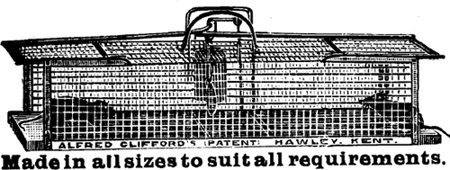
Prfce List and Testimonials Free.
Is now acknowledged to be the best trap ever invented for catching Rat, Stoat, Weasel, Rabbit, Cat, Fox. Badger, Otter and other vermin and animals. Also Pheasants and all kinds of birds It is one of the best traps for catching Vermin Animals and Birds that has ever been invented. It has a trap-door in centre of floor, and when set is perfectly level and cannot be noticed. The bait only requires to be laid on the floor of the trap. Immediately the animal puts its weight on the hinged floor the doors close. It has a clear space right through, thereby causing no suspicion whatever. Strongly made in galvanised iron and painted. It will catch dozens where other traps are useless. The traps can also be used for capturing laid-up Ferrets, by placing them in front of the holes. Also made large enough for catching Fox and such like.
Poaching Cats.In reply to the query of Rusticus, I may inform him that I have found Alfred Cliffords patent wire trap most effective for catching cats, weasels, stoats, and rats alive. It is made in all sizes to suit requirements, and if kept clean, lasts a long time. I have caught hundreds of poaching cats with it, and it is the most humane trap I know. His address is Hawley, Kent. The trap referred to has also the merit of being very portable.C.E. Price List and Full Particulars, address
ALFRED CLIFFORD,
Patent Works, Hawley, Kent, England.
HOW TO TRAP AND SNARE
A Complete Manual for the Sportsman, Game
Preserver, Gamekeeper, and Amateur
ON
THE ART OF TAKING ANIMALS AND BIRDS IN
TRAPS, SNARES, AND NETS.
WITH NUMEROUS ILLUSTRATIONS.
BY
WILLIAM CARNEGIE (Moorman),
Author of Practical Game Preserving, Etc.
LONDON:
PRINTED AND PUBLISHED
AT THE OFFICES OF THE SHOOTING TIMES, 7277 TEMPLE-CHAMBERS
FLEET-STREET, E.C.

CONTENTS.


PREFACE.

THIS Manual is intended to provide as much practical insight into the various modes of trapping, snaring, and netting the animals and birds of the British Isles as can be furnished by writing.
Wherever possible and desirable, such insight is given of the haunts and habits of the creatures to be caught as may prove useful to the amateur or tyro, for whom it is more particularly planned, than for the professional.
Every piece of work, device, trap, snare, or net described has been performed, employed, or made by the author, and it is hoped that the experience gained during many years may prove of advantage to others who may be induced to follow the Art of the Trapper, either for pastime or profit.

How to Trap and Snare.

INTRODUCTORY.
WHEREVER game is preserved, vermin must be destroyed; in fact, as that great sporting writer, Idstone, was wont to put it, to destroy vermin is to preserve game. At the time he wrote, but little of the science to which modern game-preserving has attained was known; but the axiom he laid down holds good to-day as it did then, and the destruction of vermin remains an ever-important item in the itinerary of the game preservers progress. The art of trapping and snaring, however, together with the use of nets in a legitimate manner, is one with which the general sportsman appears content to maintain but a very superficial acquaintance, and even the latter-day gamekeeper is very usually content to relegate such matters to his under-men or the professional vermin-catcher, passing it off as a minor kind of accomplishment. It is, however, nothing of the sort, and, although the mere setting of a trap or laying of a snare may appear a very simple affair of itself, skill in the handling (which includes concealment), art in the time and place of employment, and choice of the form of trap, snare, or wile play such an important part in influencing success or failure that to become a successful and certain trapper involves an amount of experience, insight, and skill far greater than is necessary in the rearing of game or the shooting of it when reared.


